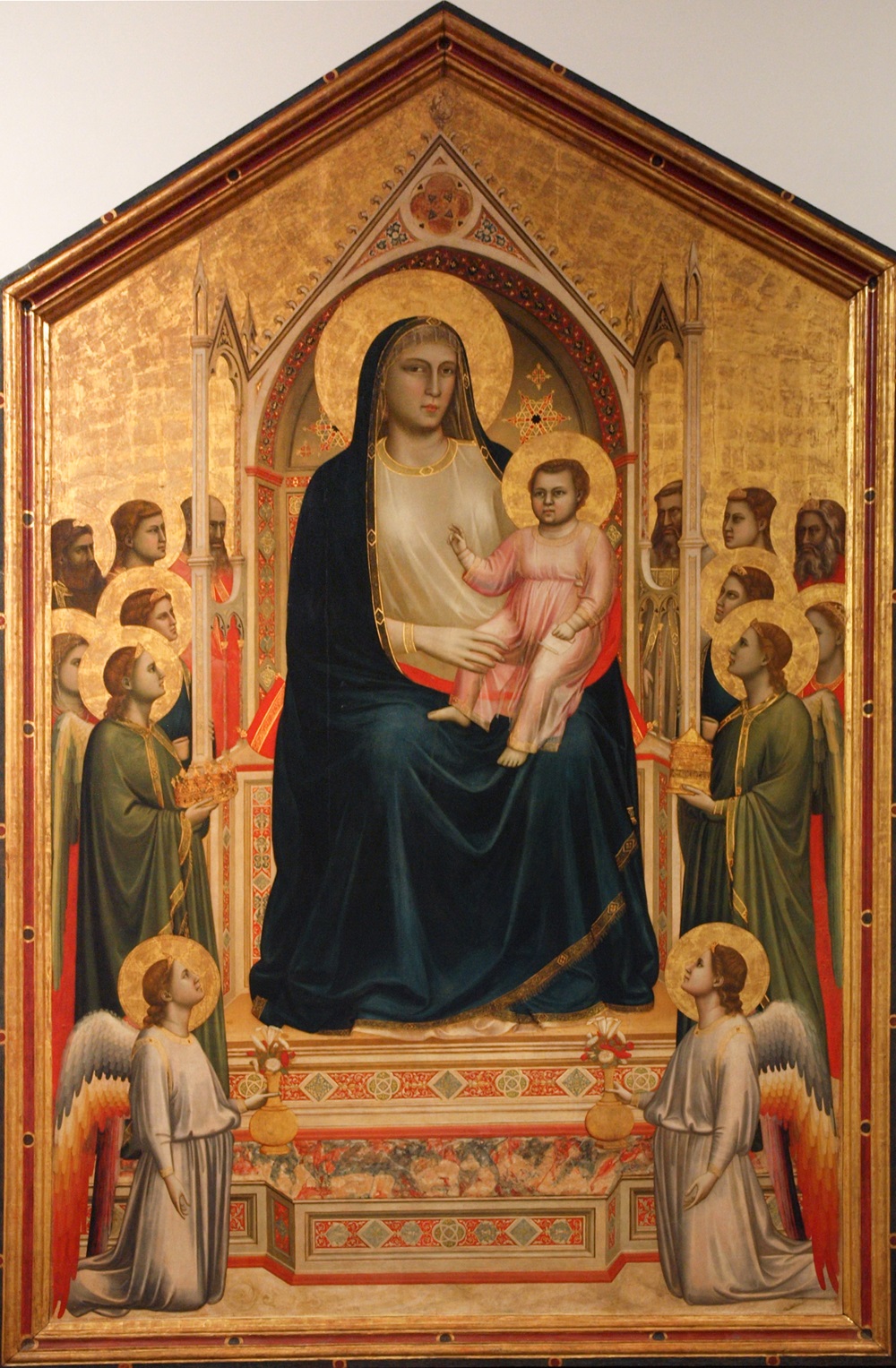Early Renaissance

Early Renaissance
The Early Renaissance, or Trecento, marks a pivotal stage in Italian cultural history, serving as a transition from the Middle Ages to the Renaissance. This period, which began in the late 14th century, is considered the Proto-Renaissance and laid the groundwork for the profound transformations in art, culture, and thinking that characterized the High Renaissance.
One of the defining characteristics of Early Renaissance art was a shift towards realism and naturalism in the portrayal of figures. Artists began to employ techniques like foreshortening and one-point perspective to create a sense of depth and dimensionality in their compositions. The use of color and contrast, particularly through chiaroscuro, enhanced realism and added dramatic emphasis to their work. These techniques, though in their infancy during the Trecento, were further developed and refined in the High Renaissance.
The Early Renaissance also witnessed a diversification in subject matter. Artists no longer restricted themselves to purely religious or biblical figures; they began exploring mythological themes from Classical Greece and Rome, marking a departure from the more strictly religious focus of the Medieval period.
Key figures of this era included Filippo Brunelleschi in architecture, Donatello in sculpture, and Masaccio in painting. Brunelleschi was renowned for his innovative architectural designs, particularly for his work on the Cathedral di Santa Maria del Fiore in Florence. His designs reflected a deep study of Roman architecture and the mathematical theories of perspective and proportion. Donatello, a close friend of Brunelleschi, was pivotal in sculpture, introducing a new level of realism and emotional depth. His famous works include the bronze sculpture "David" and the "Penitent Magdalene".
These developments set the stage for the High Renaissance, which was dominated by figures like Leonardo da Vinci, Michelangelo, and Raphael. This later period is characterized by the application and culmination of the artistic advancements initiated during the Early Renaissance, leading to what is often considered the peak of Renaissance art.
The Early Renaissance was not just a transformation in artistic techniques and styles; it represented a broader cultural shift. It embraced humanism, explored secular themes alongside religious ones, and witnessed advancements in understanding anatomy, perspective, and the use of light and shadow in art. These changes were foundational in shaping Western art and continue to influence artistic expressions today.
For collectors, auctioneers, and experts in art and antiques, staying informed about the latest discoveries and auction events related to the Early Renaissance is crucial. Sign up for our updates and never miss an opportunity to add a piece of this pivotal era in art history to your collection. Remember, our updates are tailored to keep you informed about new product sales and auction events related to Early Renaissance art. Join our community of art connoisseurs today!
| Country: | Europe, Italy |
|---|---|
| Start of the period: | XIV century |
| End of the period: | XV century |